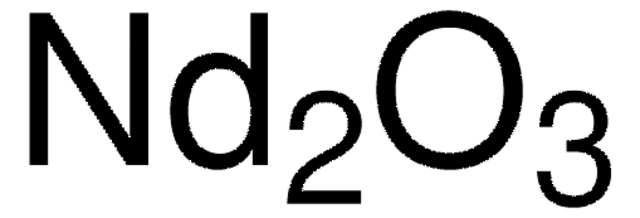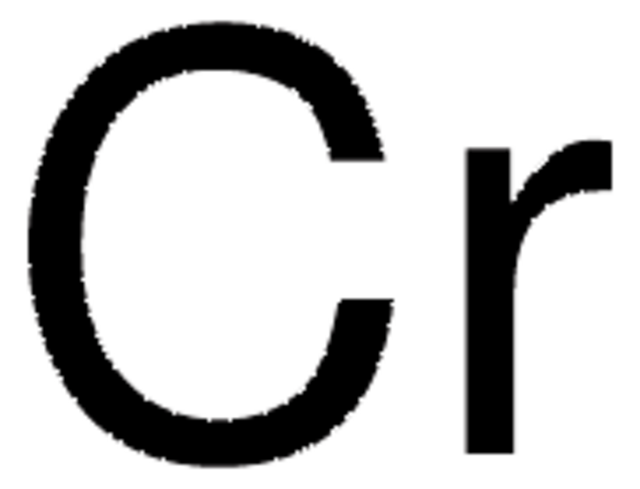229695
Iodine
99.999% trace metals basis
Synonym(s):
Diiodine, Iodine crystals, Iodine molecule (I)
About This Item
Recommended Products
vapor density
9 (vs air)
Quality Level
vapor pressure
0.31 mmHg ( 25 °C)
1 mmHg ( 38.7 °C)
assay
99.999% trace metals basis
form
chips
chunks
pellets
resistivity
1.3E15 μΩ-cm
bp
184 °C (lit.)
mp
113 °C (lit.)
SMILES string
II
InChI
1S/I2/c1-2
InChI key
PNDPGZBMCMUPRI-UHFFFAOYSA-N
Looking for similar products? Visit Product Comparison Guide
Related Categories
General description
Application
- Iodine-Promoted Reductive Sulfenylation Using Ketones as Hydride Donors.: Discusses a novel chemical synthesis technique using iodine to promote reductive sulfenylation, highlighting iodine′s role in innovative organic transformations (Duan et al., 2024).
- Unraveling Intracellular Protein Corona Components of Nanoplastics via Photocatalytic Protein Proximity Labeling.: This study employs a photocatalytic protein proximity labeling method to examine the interaction between iodine and protein components on nanoplastics, enhancing our understanding of iodine′s environmental interactions (Zhang et al., 2024).
signalword
Danger
Hazard Classifications
Acute Tox. 4 Dermal - Acute Tox. 4 Inhalation - Acute Tox. 4 Oral - Aquatic Acute 1 - Eye Irrit. 2 - Skin Irrit. 2 - STOT RE 1 Oral - STOT SE 3
target_organs
Respiratory system, Thyroid
Storage Class
6.1D - Non-combustible acute toxic Cat.3 / toxic hazardous materials or hazardous materials causing chronic effects
wgk_germany
WGK 2
flash_point_f
Not applicable
flash_point_c
Not applicable
ppe
dust mask type N95 (US), Eyeshields, Faceshields, Gloves
Choose from one of the most recent versions:
Already Own This Product?
Find documentation for the products that you have recently purchased in the Document Library.
Customers Also Viewed
Our team of scientists has experience in all areas of research including Life Science, Material Science, Chemical Synthesis, Chromatography, Analytical and many others.
Contact Technical Service









